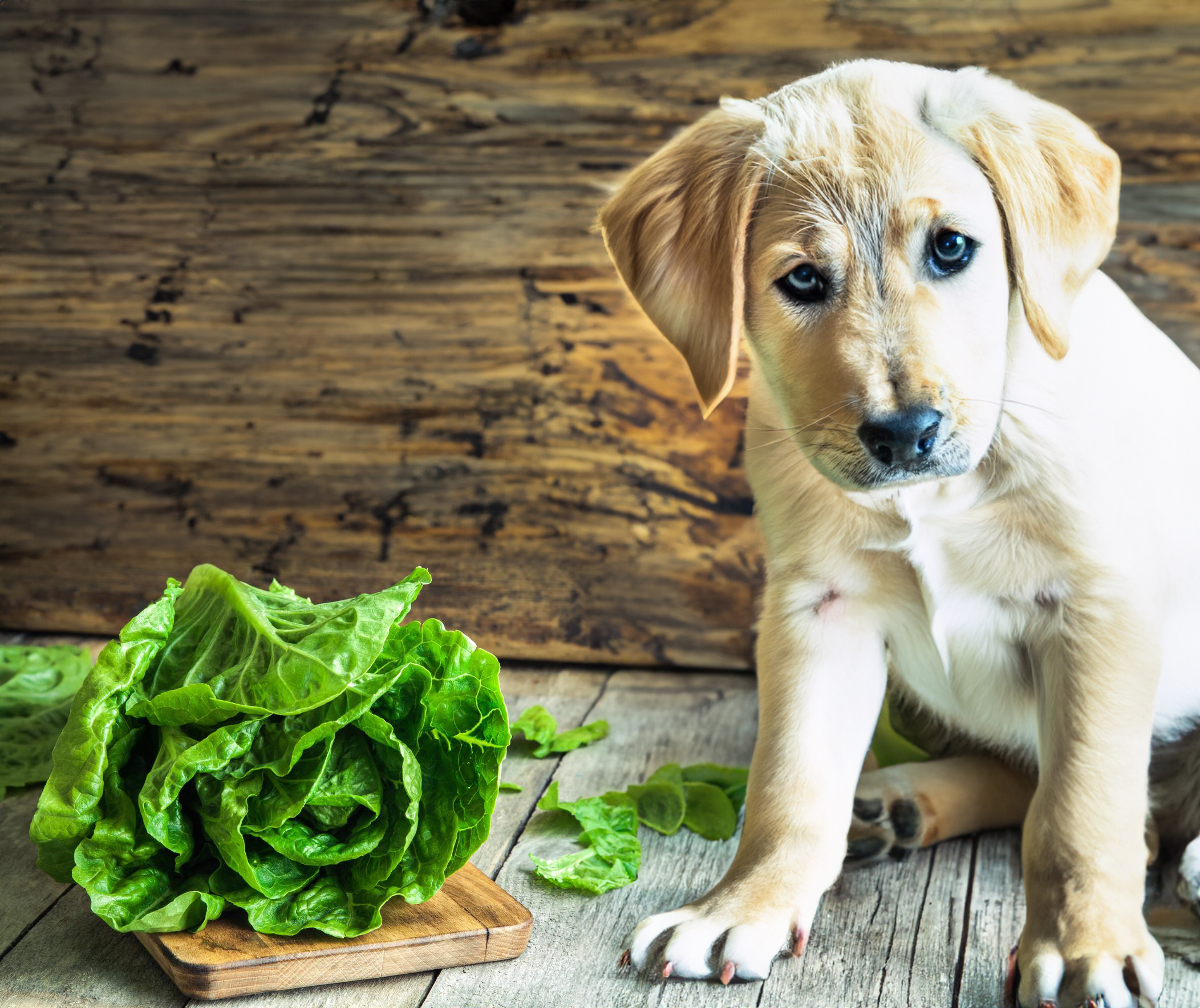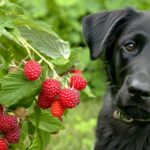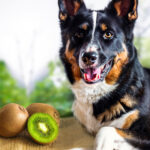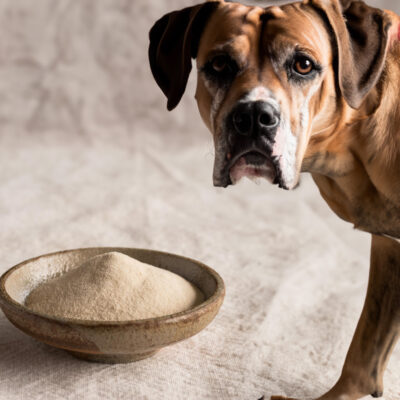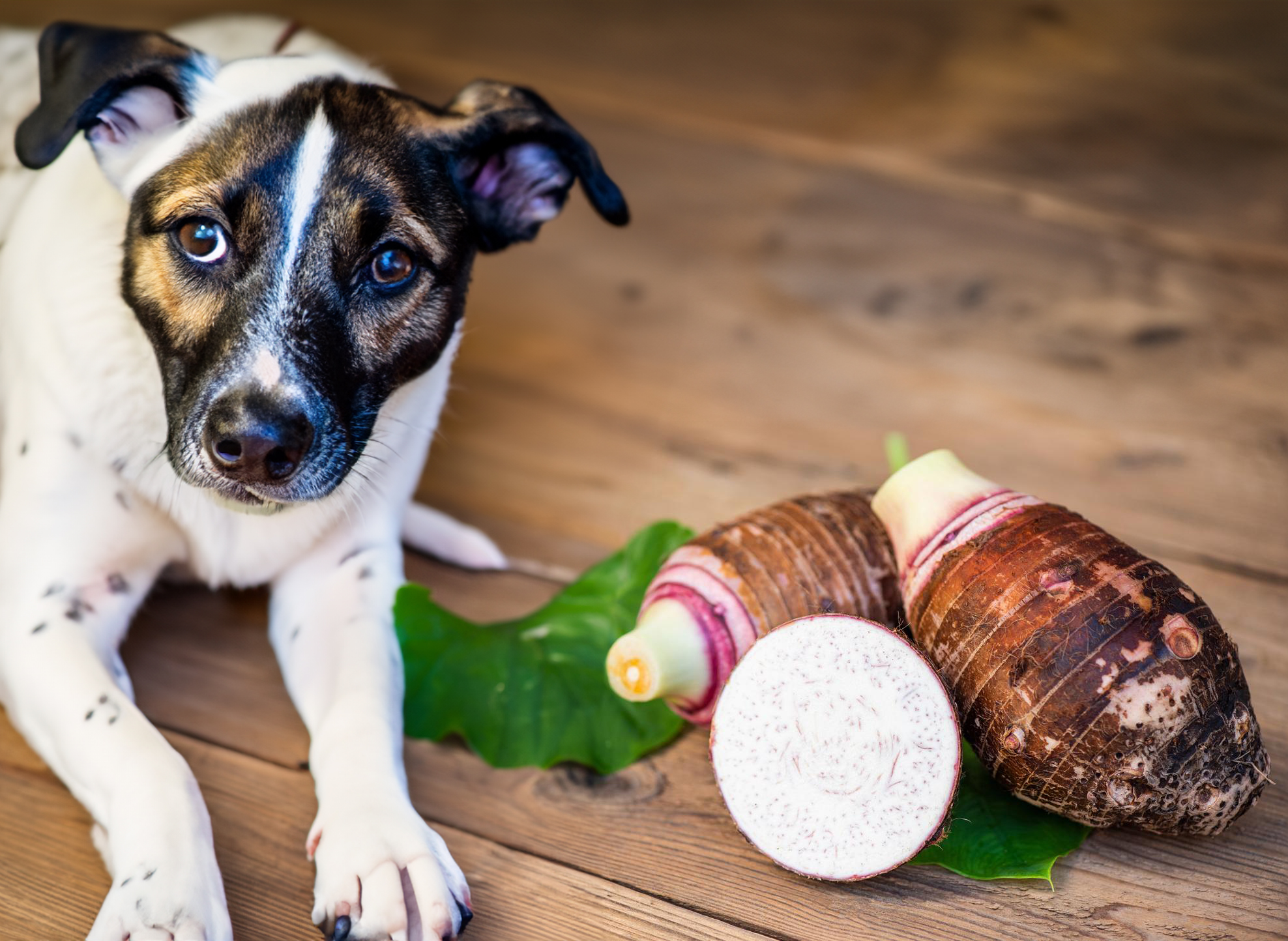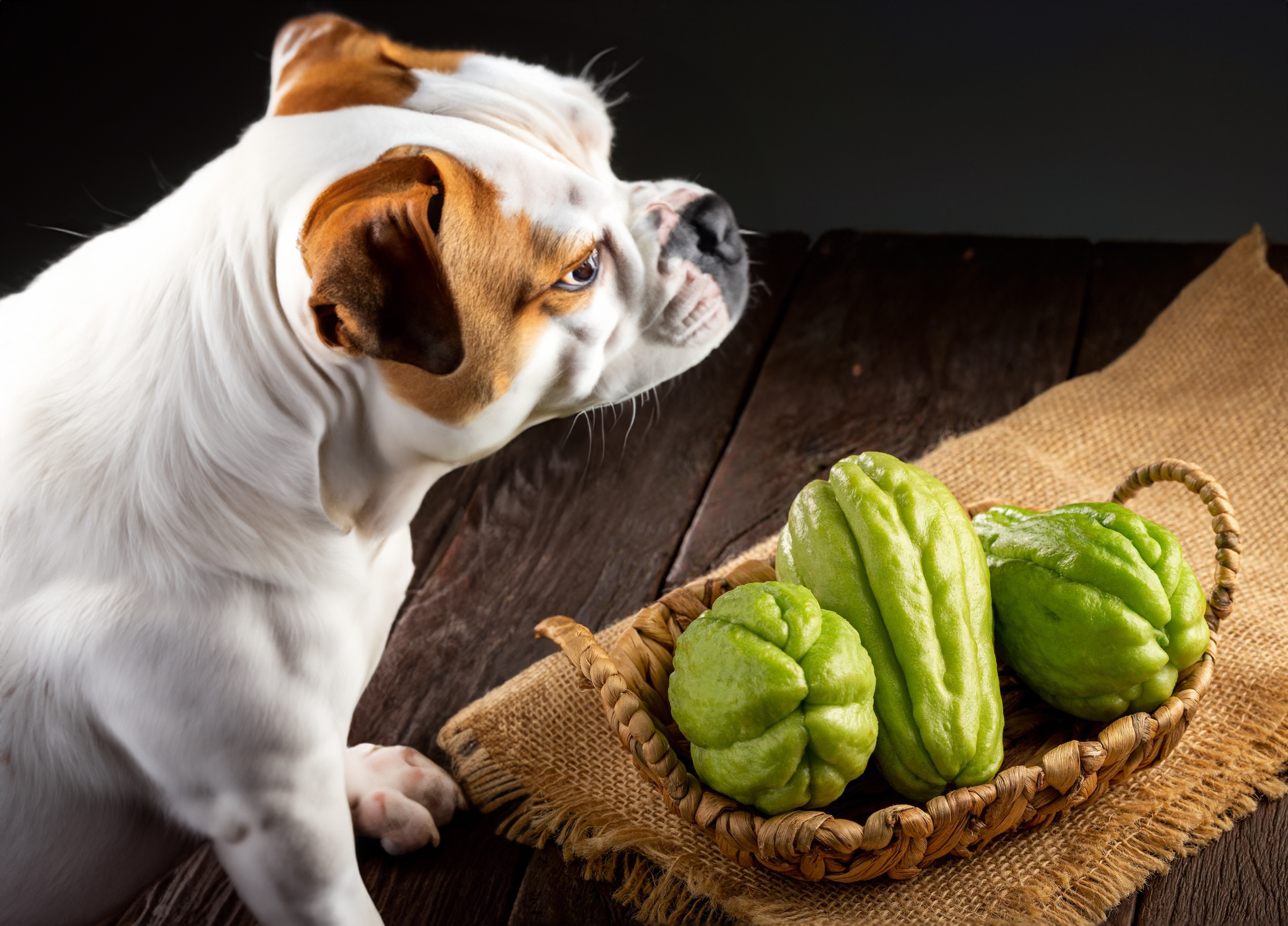It’s a common question: can dogs eat lettuce? We all want the best for our furry friends, and that includes being mindful of what we feed them. Feeding your dog lettuce can be beneficial in some ways, but it also has the potential to be dangerous if not done correctly. In this blog post, we’ll explore the do’s and don’ts of feeding your dog lettuce, so you can make sure your pet is getting the most out of this leafy green vegetable.
What is lettuce and its nutritional value for humans?
Lettuce is a leafy green vegetable that is often used in salads and sandwiches. It is low in calories and high in water content, making it a popular choice for those looking to lose weight or stay hydrated. Lettuce is also a good source of vitamins A and K, as well as folate and fiber.
Vitamin A is important for maintaining healthy vision, promoting immune function, and supporting growth and development. Vitamin K plays a crucial role in blood clotting and bone health. Folate is necessary for cell growth and metabolism, while fiber aids in digestion and helps regulate blood sugar levels.
In addition to these nutrients, lettuce also contains small amounts of other vitamins and minerals, such as vitamin C, calcium, and iron. However, it is worth noting that the nutrient content of lettuce can vary depending on the type and variety. For example, romaine lettuce tends to be higher in vitamins A and C compared to iceberg lettuce.
Overall, lettuce can be a nutritious addition to a balanced diet for humans, providing a range of essential vitamins and minerals. However, it is important to consider the specific nutritional needs of your individual dog before incorporating lettuce into their diet.
Can dogs eat lettuce?
Many pet owners wonder if it is safe to share lettuce with their furry friends. The answer is yes, dogs can eat lettuce. Lettuce is generally safe for dogs to consume in moderation, as it is low in calories and can provide some nutritional benefits. It can be a healthy addition to their diet, as it contains vitamins A and K, folate, and fiber. However, there are a few things to consider before feeding your dog lettuce. Firstly, it is important to remove any dressing or seasoning that may be harmful to dogs. Additionally, some dogs may have difficulty digesting lettuce, leading to digestive issues such as diarrhea or gas. It is always recommended to introduce new foods gradually and monitor your dog for any adverse reactions. As with any new addition to their diet, it’s best to consult with your veterinarian before feeding your dog lettuce to ensure it aligns with their specific dietary needs and health condition.
Benefits of feeding your dog lettuce
Feeding your dog lettuce can have several benefits for their health and well-being. Firstly, lettuce is low in calories, making it a great option for dogs that need to maintain a healthy weight. The high water content in lettuce can also help keep your dog hydrated, especially during hot summer months or if they have been exercising vigorously. Additionally, lettuce is a good source of vitamins A and K, which are essential for a strong immune system and proper growth and development in dogs. Vitamin A also supports healthy vision, while vitamin K plays a role in blood clotting and bone health. The folate and fiber found in lettuce can aid in digestion and promote regular bowel movements. Introducing lettuce into your dog’s diet can provide a refreshing and nutritious addition, but as always, it’s important to monitor their response and consult with your veterinarian to ensure it aligns with their specific dietary needs and health condition.
Potential risks and side effects of feeding your dog lettuce
While lettuce can be a safe and healthy addition to your dog’s diet, there are potential risks and side effects that you should be aware of. One risk is the potential for gastrointestinal upset. Some dogs may have difficulty digesting lettuce, which can lead to digestive issues such as diarrhea or gas. It’s important to monitor your dog’s response to lettuce and watch for any signs of digestive distress. Another potential risk is the presence of pesticides or harmful bacteria on lettuce. If you choose to feed your dog lettuce, it’s crucial to thoroughly wash it and remove any dirt or contaminants. Additionally, lettuce should always be fed in moderation as part of a balanced diet. Feeding your dog excessive amounts of lettuce can lead to nutrient imbalances or an upset stomach. As with any new addition to your dog’s diet, it’s best to consult with your veterinarian to ensure it aligns with their specific dietary needs and health condition.
How to feed your dog lettuce safely
When it comes to feeding your dog lettuce, there are a few key guidelines to follow to ensure their safety and enjoyment. First and foremost, it is important to thoroughly wash the lettuce to remove any dirt or contaminants that may be present. You should also remove any dressing, seasoning, or toppings that may be harmful to dogs, such as onions or garlic.
Next, it is best to introduce lettuce to your dog’s diet gradually. Start by offering small amounts and monitor their response. If they tolerate it well and show no signs of digestive distress, you can gradually increase the amount over time.
It’s also important to consider the size and breed of your dog when determining how to feed them lettuce. For smaller dogs, you may want to chop the lettuce into smaller, more manageable pieces. For larger dogs, you can offer larger leaves or even use lettuce as a wrap for other dog-friendly fillings.
Lastly, always keep in mind that lettuce should be fed in moderation as part of a balanced diet. While it can provide some nutritional benefits, it should not be the sole source of nutrients for your dog.
Consult with your veterinarian to determine the appropriate amount of lettuce to incorporate into your dog’s diet based on their specific dietary needs and health condition.
By following these guidelines, you can safely introduce lettuce to your dog’s diet and provide them with a nutritious and enjoyable treat.
Other human foods that dogs can or cannot eat
While lettuce can be a safe and healthy option for dogs to consume in moderation, there are other human foods that should be avoided. For example, grapes and raisins are highly toxic to dogs and can cause kidney failure. Similarly, chocolate contains theobromine, which is toxic to dogs and can lead to symptoms such as vomiting, diarrhea, and even seizures. Onions and garlic should also be avoided, as they contain compounds that can damage a dog’s red blood cells and lead to anemia. Avocado, although a healthy food for humans, can be toxic to dogs due to its high fat content. Additionally, foods high in sugar and artificial sweeteners, such as xylitol, should never be given to dogs, as they can cause a rapid drop in blood sugar and liver failure. It’s always best to consult with your veterinarian or do thorough research before sharing any human food with your dog to ensure their safety and well-being.




